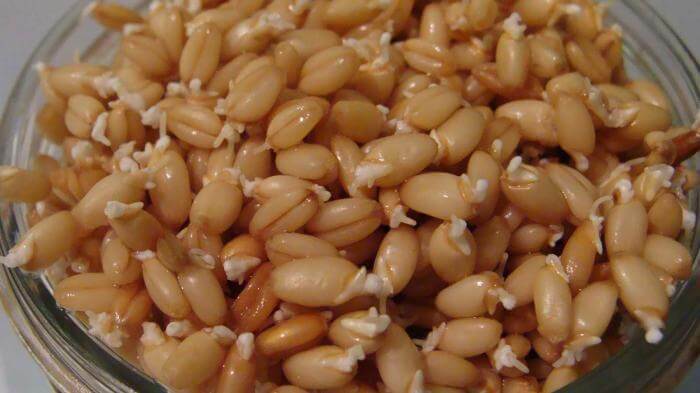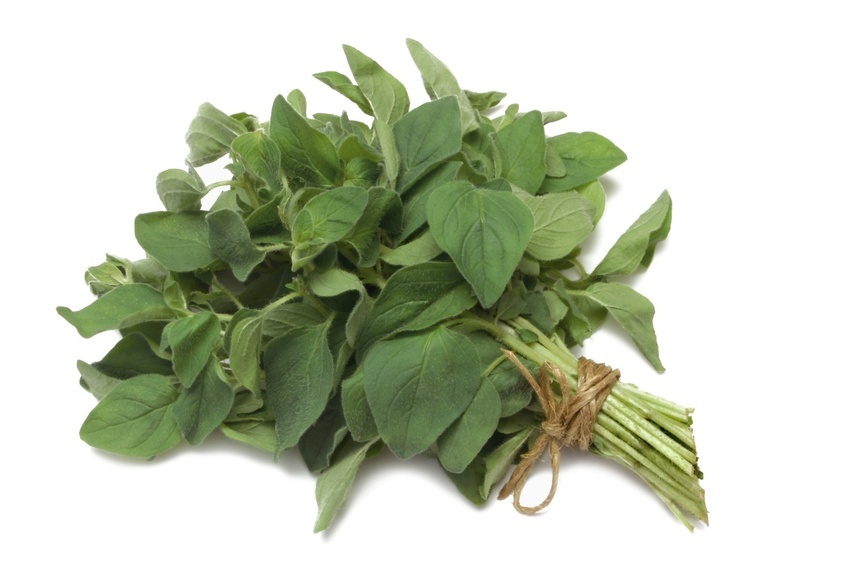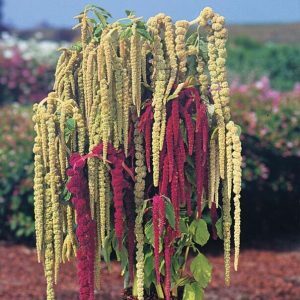Cherry: benefit and harm
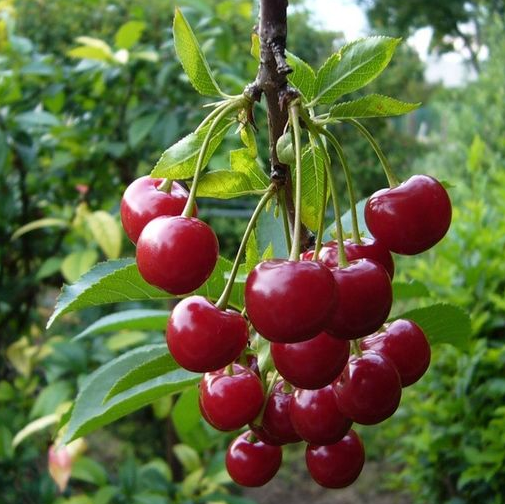 "As the milk is poured, the cherry orchards stand. .." These lines of the remarkable Russian poet Nikolai Nekrasov are known to almost everyone.The snow-white cherry blossom and the juicy taste of its berries are familiar to many Russians.But, very few people know its origin, the history of appearance in our gardens. Acid varieties of cherry come from Asia Minor, sweet from Persia.In Europe, they learned about it for a very long time - even for 8,000 years BC.E.And cultivated began for 1,000 years BC.E.Today both cultivated and wild cherries are found in almost all countries of the world.
"As the milk is poured, the cherry orchards stand. .." These lines of the remarkable Russian poet Nikolai Nekrasov are known to almost everyone.The snow-white cherry blossom and the juicy taste of its berries are familiar to many Russians.But, very few people know its origin, the history of appearance in our gardens. Acid varieties of cherry come from Asia Minor, sweet from Persia.In Europe, they learned about it for a very long time - even for 8,000 years BC.E.And cultivated began for 1,000 years BC.E.Today both cultivated and wild cherries are found in almost all countries of the world.
Interesting! The ancient Slavs had a custom - that the tree yielded a plentiful harvest, candles were lit on it, while reading prayers to the god Kirnis, who, in their opinion, promoted fruiting.And in Germany, the cherry tree was long considered a symbol of the New Year, it was brought into the house and adorned like today's spruce.
In Russia, the cherry appeared in the times of Kievan Rus.In the northern part of the country it was "domesticated" in the 12th century, the initiator of cultivation was Prince Yury Dolgoruky.Gradually, the tree spread throughout Russia, in the XIX century peasants already in full use of cherries in the preparation of various dishes and preparations.
By the nature of the variety, cherries are divided into three types: dining, dessert and technical.The fruits of dessert and table cherries are mostly large in size, they are great for fresh consumption, because they taste sweet( with a small fraction of acidity) or sweet and sour, and have a juicy pulp.The pronounced sour taste of technical varieties, the fruits of such cherries are smaller and less juicy.They are mainly used in the preparation of desserts, compotes and jam.
Composition
The pulp of cherries is a valuable source of vitamins, trace elements and organic acids.Among them we can note the following.
-
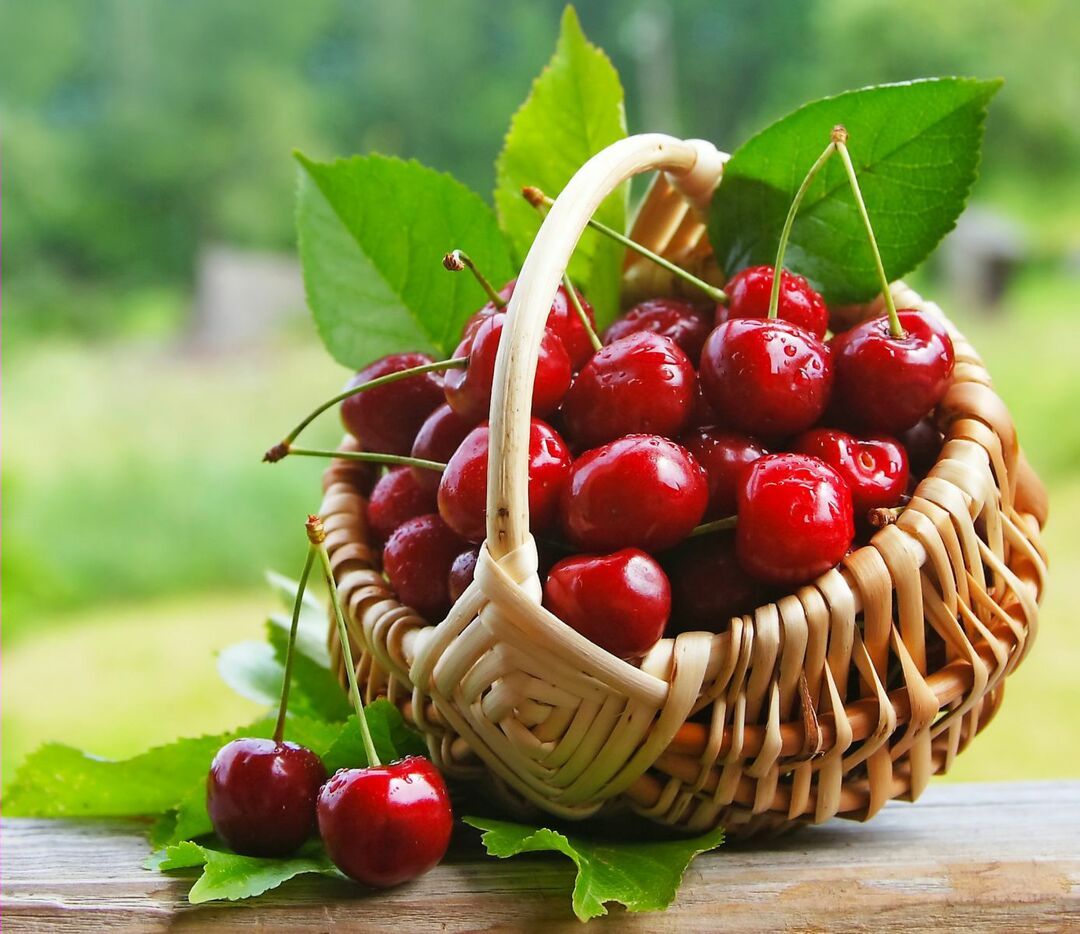 Vitamins: A, C. PP.
Vitamins: A, C. PP. - Microelements: calcium, copper, phosphorus, iron, magnesium, potassium.
- Acids: apple, amber, lemon, salicylic.
- And also: pectins, tannins and nitrogenous substances.
- Caloric content of cherries is low - only 52 kcal per 100 g of product.
In addition, the cherry fruit is rich in coumarins - substances that regulate blood clotting and prevent the formation of cholesterol.
Useful properties of cherry
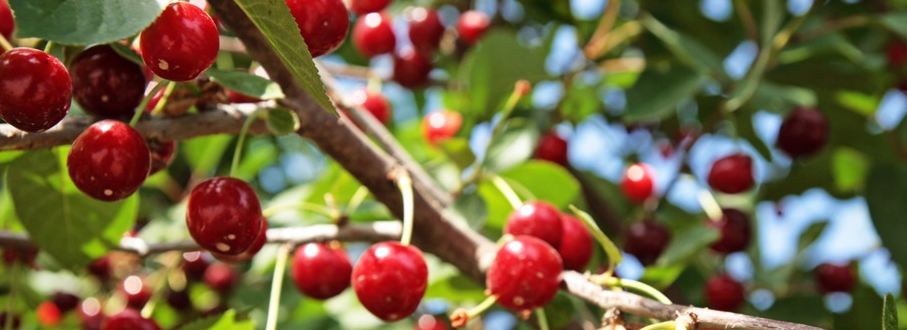 The use of cherries helps strengthen the circulatory system, people who have problems with blood vessels and capillaries, this berry is mandatory.For the digestive system, cherry is also useful because it stimulates the secret function of the pancreas, stomach and gallbladder.It has long been known that the pulp of cherry acts as a mild laxative.Berry is able to have antibacterial action, that is, to prevent the reproduction of bacteria during illness.In addition, cherry-based pulp is used to make a variety of cough syrups.
The use of cherries helps strengthen the circulatory system, people who have problems with blood vessels and capillaries, this berry is mandatory.For the digestive system, cherry is also useful because it stimulates the secret function of the pancreas, stomach and gallbladder.It has long been known that the pulp of cherry acts as a mild laxative.Berry is able to have antibacterial action, that is, to prevent the reproduction of bacteria during illness.In addition, cherry-based pulp is used to make a variety of cough syrups.
Regular seasonal consumption of fresh cherries will prevent the development of cancer, and, as an additional remedy, will help in the treatment of anemia by raising the level of hemoglobin in the blood.Cherry juice is shown and with joint pains - in folk medicine there are a lot of recipes on its basis.The antiseptic properties of cherries consist in preventing such serious diseases as dysentery and E. coli.
The benefits of cherries are not only in the flesh of the fruit, in treating many ailments, the bark of the tree is applied, as well as branches, leaves and dried juice( in common people - glue).The latter is used as an enveloping agent, contains sugars of pentose, arabinose and galactose.
When a disease with hepatitis or with weak blood vessels of the nose shows a decoction of cherry leaves.In the first case it is mixed with milk and taken internally, in the second - it is used externally.Decoction of young cherry tree branches stabilizes the stool with diarrhea and is used together with medications to treat colitis.
To prepare for patients with edema, edema and urolithiasis, a decoction from the pedicels is prepared, it has a diuretic effect.Also the pedicels are used in the treatment of gout and hypertension.
It is very useful for cherry to improve oily skin of the face.Masks from the juice of fresh berries narrow the pores, break with pimples and refresh.The juice is applied to the gauze and applied to the face and neck for 20 minutes.Then it is washed off with cool water.
Possible damage to cherries
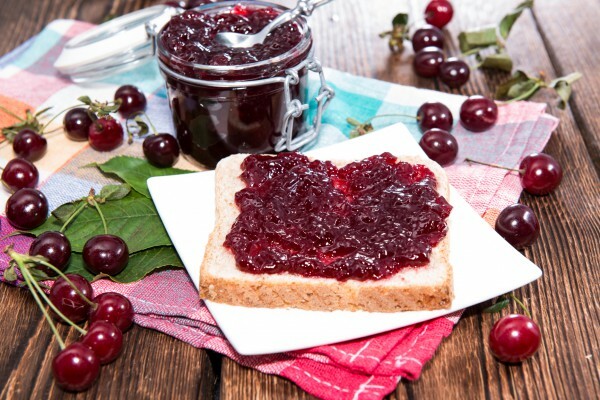 Important! If you give a cherry to young children, make sure that the berries are pitted.They contain substances that can lead to poisoning.And it is desirable to use the very berries for children strictly dosage.
Important! If you give a cherry to young children, make sure that the berries are pitted.They contain substances that can lead to poisoning.And it is desirable to use the very berries for children strictly dosage.
People with high acidity of the stomach should not be carried away by berries, as they contain citric and malic acid, which irritate the mucosa of the digestive system.Patients with diabetes mellitus, stomach ulcers and obesity pulp of cherries are completely contraindicated.
Of course, it is worth remembering that no product can not be consumed in unlimited quantities.Cherries are also concerned.
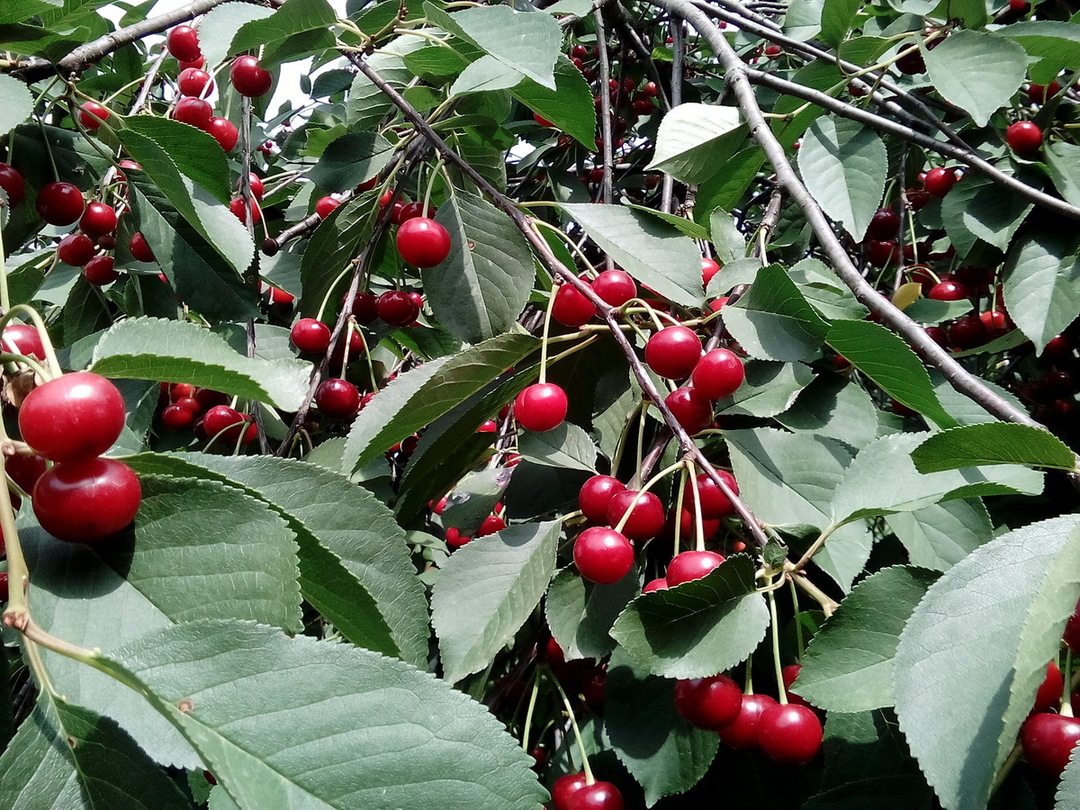
Decoction for kidney diseases
- 2 parts of cherry leaves,
- 1 part of the blackberry leaves,
- 2 pieces of tansy flowers,
- 15 pieces of red clover heads.
All herbs are crushed and mixed.Tablespoon of the collection is poured into a glass of boiling water and insists for 20-25 minutes.A decoction is taken half an hour before meals.
For anemia
- 4 parts of cherry leaves,
- 8 pieces of thyme,
- 14 pieces of calendula flowers,
- 1 piece of rowan leaves.
Grind, mix and pour a tablespoon of collection with freshly boiled water.Infuse about 30 minutes, strain and drink while eating.
Important! Both of the above decoctions are taken immediately after preparation, for the next reception to prepare a new portion.
For colds
Cherry blossoms and chamomile flowers are mixed in equal proportions, a tablespoon of the collection is filled with 1.5 cups of boiling water and put on a weak fire under the lid.Cooking time - 15 minutes.It turns out an excellent tool for inhalation.

